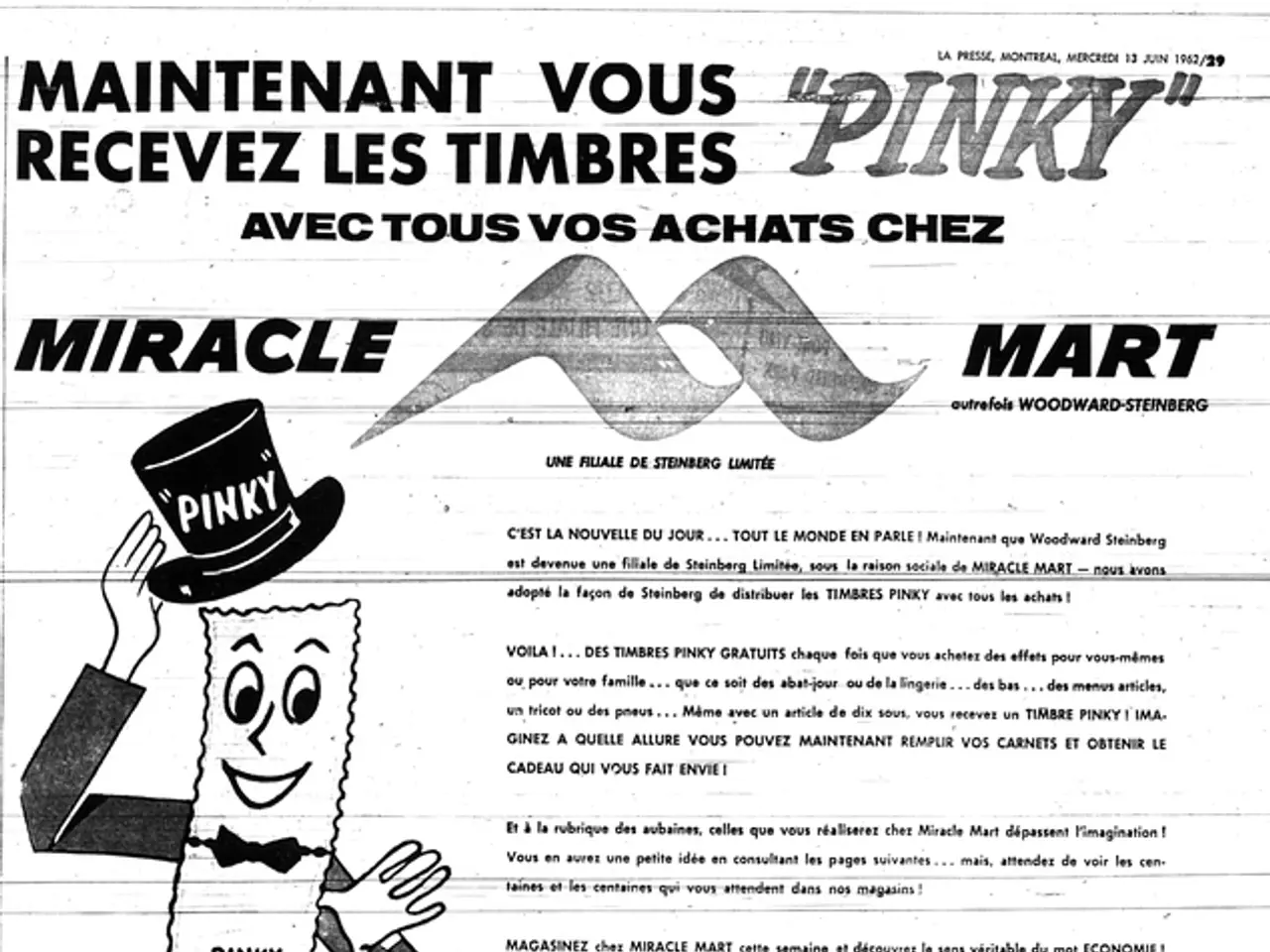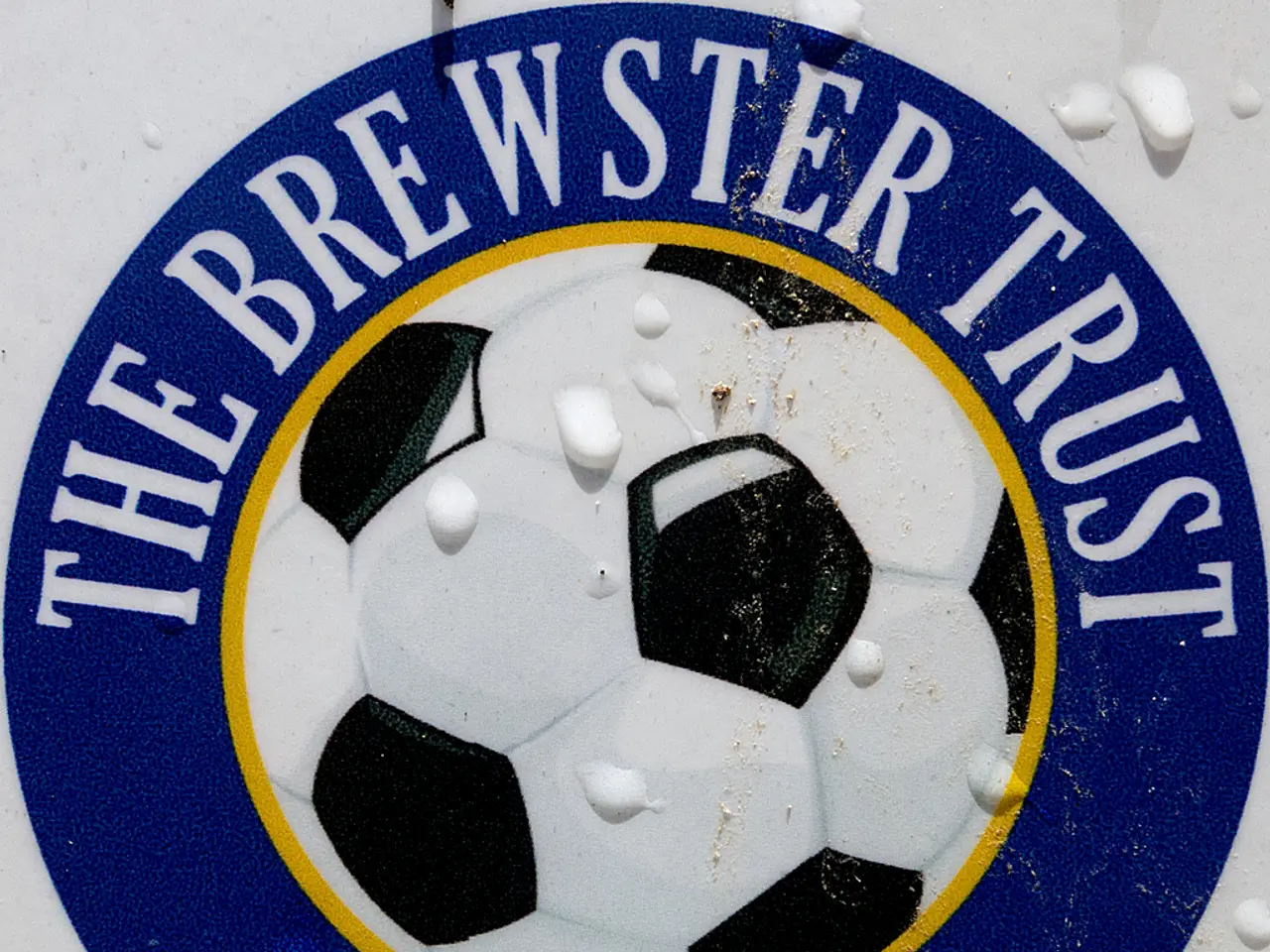Guide for Independent Film Creators: Understanding Film Distribution
In today's rapidly evolving media landscape, understanding film distribution is essential for ensuring a film gets seen. This article provides guidance on the key differences between self-distribution and traditional distribution, helping indie filmmakers make informed decisions about their distribution strategy.
Knowing your audience is crucial for tailoring your festival and distribution strategy, crafting marketing materials, and deciding which platforms to target. Researching festivals, talking to other filmmakers, and reading online reviews can help in understanding your audience.
Traditional distribution involves signing with a company that takes charge of releasing and marketing the film. Distributors' responsibilities include pitching films to streaming platforms, securing screenings, marketing films, and negotiating rights deals. However, this often means less creative control and a longer timeline to release. In contrast, self-distribution lets filmmakers maintain full control over marketing, pricing, and release strategies, enabling faster time-to-market and potentially higher direct revenue.
The key differences between traditional and self-distribution include control and creative freedom, time to market, costs and earnings, and marketing reach and resources. Traditional distribution generally entails longer schedules due to contract negotiations, marketing planning, and securing theatrical or platform placements. Self-distribution can be much quicker, with filmmakers releasing their films directly to digital platforms or smaller venues.
Traditional distribution usually involves no upfront costs to the filmmakers, but the revenue share favors the distributor, reducing the filmmaker’s earnings. Self-distribution requires upfront investment in marketing and distribution but allows filmmakers to retain a larger portion of the profits from sales or streaming.
Marketing is essential for both traditional and self-distribution. A marketing strategy should include a killer trailer, social media content, press outreach, email newsletters, and community engagement. Various budget-friendly and free tools are available for crafting a movie's marketing campaign, such as Canva, Mailchimp, and Buffer.
Aggregators help place movies on platforms like Amazon, Tubi, Apple TV, or Netflix, and popular aggregators include Filmhub and Quiver. Promotional materials needed include posters, still images, a press kit, and artwork. Subtitles and captions are important for accessibility and international distribution.
Technology has led to advances in film distribution, allowing filmmakers to self-distribute their films. However, it's essential to remember that each filmmaker's toolkit will vary depending on their distribution plan. Seeking a sales agent or producer's representative can help in brokering deals with distributors, but always research their track record first.
The most important deliverable is the film itself, both in its entirety and trailer form. Trailers should be in HD and ideally under two minutes. The distributor is an intermediary between a film and the audience, overseeing logistics, marketing, and business deals. Preparation, persistence, and a deep understanding of a film's value are key to mastering the film distribution process.
Ultimately, self-distribution offers indie filmmakers greater control and potentially higher profitability, particularly with targeted marketing strategies, but traditional distribution provides access to larger platforms and established audience bases, with trade-offs in control and revenue share. The key to success in film distribution is understanding how it works and staying nimble and informed.
For theatrical screenings, a Digital Cinema Package (DCP) is required, which follows specific resolution and frame rate standards. Resources for learning more about film distribution include "Think Outside the Box Office" by Jon Reiss, "The Insider's Guide to Independent Film Distribution" by Stacey Parks, and "Film Marketing and Distribution: An Independent Filmmaker's Guide" by Jonathan Sadler.
In conclusion, film distribution is a complex process that requires careful consideration and planning. By understanding the differences between self-distribution and traditional distribution, filmmakers can make informed decisions about their distribution strategy and increase their chances of success in today's competitive media landscape.
- In the midst of a dynamic media environment, comprehending film distribution is vital for ensuring a film's visibility.
- Self-distribution offers filmmakers full control over marketing, pricing, and release strategies, while traditional distribution provides less creative control but possibly access to larger platforms.
- A marketing strategy for distribution should encompass a compelling trailer, social media content, press outreach, email newsletters, and community engagement.
- Aggregators such as Filmhub and Quiver can assist in placing films on platforms like Amazon, Tubi, Apple TV, or Netflix.
- Technology advancements have facilitated self-distribution of films, but each filmmaker's approach will differ based on their distribution plan.
- For a successful film distribution journey, one should be well-versed in the process, adaptable, and informed.
- Resources like "Think Outside the Box Office," "The Insider's Guide to Independent Film Distribution," and "Film Marketing and Distribution: An Independent Filmmaker’s Guide" can provide valuable insights into film distribution.




